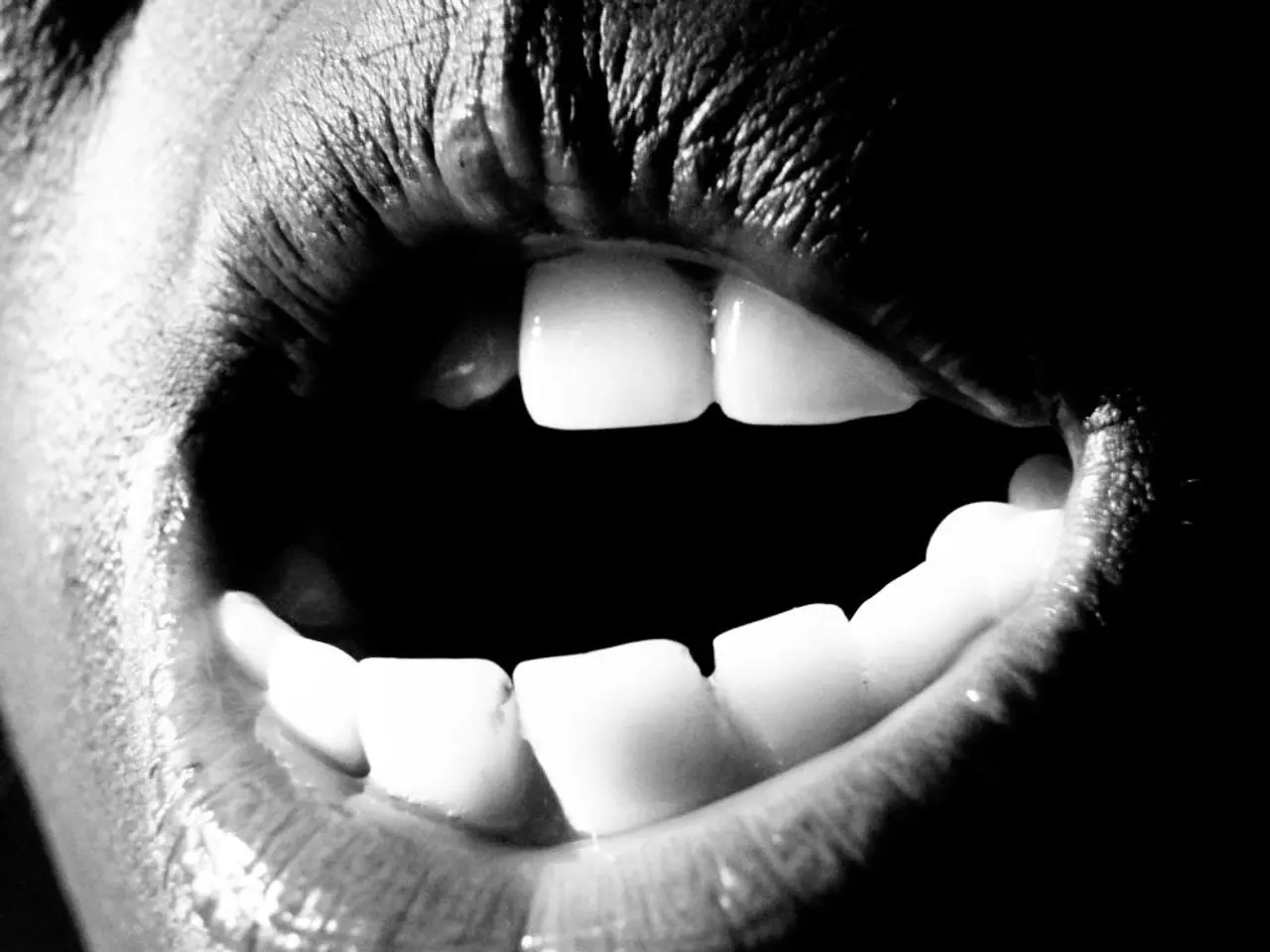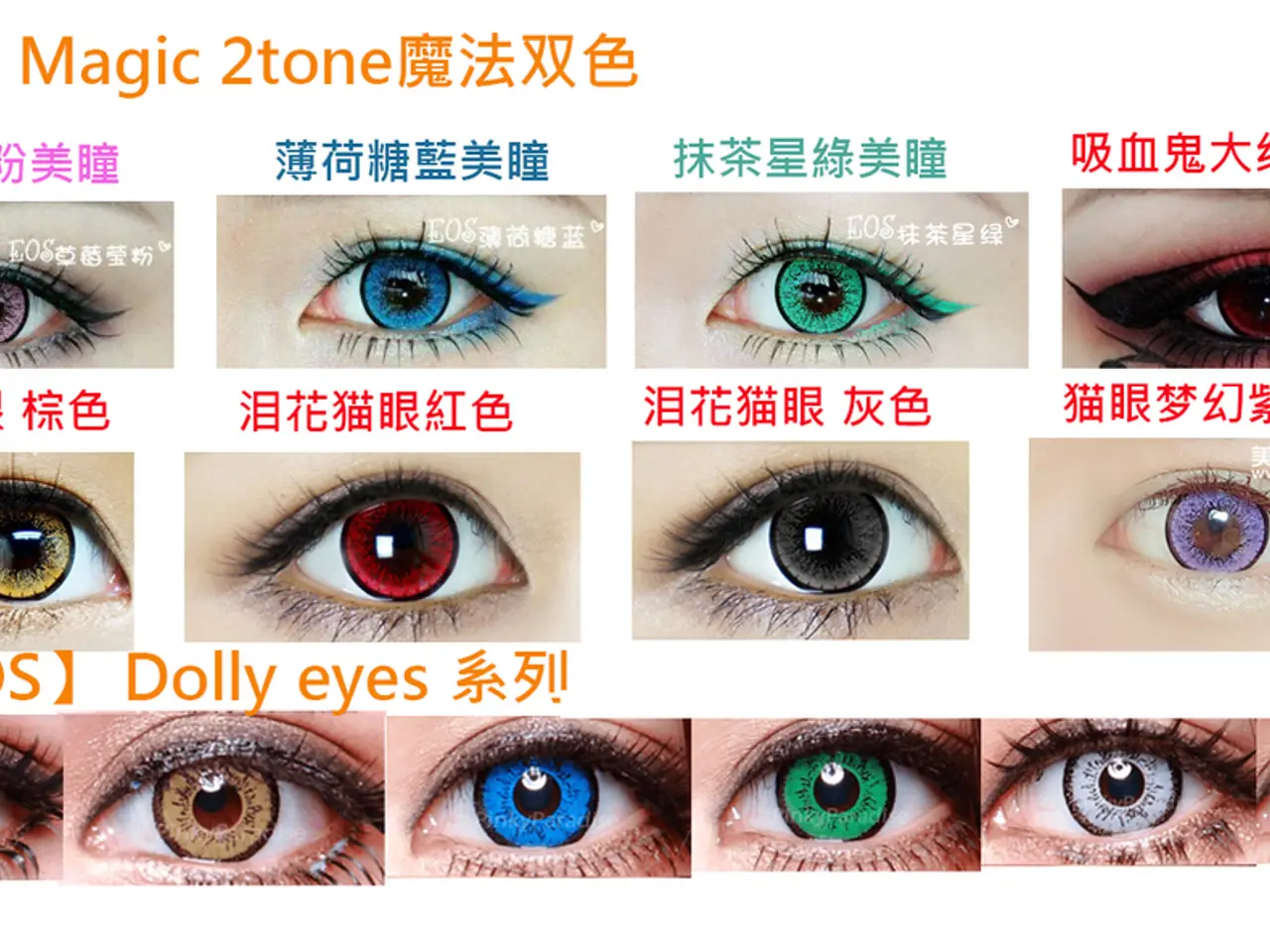Invisalign's ability to rectify teeth overcrowding?
In the world of modern dentistry, Invisalign has emerged as a popular choice for correcting various dental issues, including crowded teeth. The success of Invisalign treatment depends on several key factors related to the patient's specific dental condition and lifestyle.
Invisalign is generally more effective for mild to moderate crowding. Severe crowding or complex orthodontic issues might require alternative or supplemental treatments. If a patient had braces before and the crowding is a relapse, Invisalign may be quicker and more effective because the alignment issues tend to be less severe.
Success with Invisalign heavily relies on the patient wearing the aligners consistently (20-22 hours per day). Non-compliance can delay or jeopardize the treatment outcome. Good oral hygiene and absence of untreated dental problems (e.g., cavities, gum disease) are important. Poor oral health can interfere with treatment progress and may require addressing before starting Invisalign.
Treating both jaws (upper and lower) can increase treatment complexity and duration. For teens, ongoing jaw growth can affect treatment. In adults, this is less of a factor. The dentist evaluates jaw growth status when deciding on Invisalign suitability.
The patient's age, lifestyle, and preferences also play a role in the decision-making process. Invisalign’s aesthetic appeal, removability, and comfort often influence the decision, but the dentist must ensure the treatment plan aligns with the patient's commitment and oral health status.
In Melbourne CBD, Gorgeous Smiles is an experienced dentist that can help with Invisalign treatments for crooked teeth. They offer a personalised approach, ensuring each patient receives the best possible care. Your dentist will show you how to insert the aligners and provide a time frame for changing them (usually every two weeks). Patients need to clean the aligners regularly and maintain good dental hygiene.
After the treatment is complete, you will need to wear a retainer at night to prevent your teeth from moving back into their previous position. The procedure can take several months, and visiting your dentist every four to six weeks will be used to monitor your progress and address any dental issues.
In conclusion, a dentist assesses the complexity of the crowding, oral health, patient compliance, age-related factors, and treatment goals before choosing Invisalign for crowded teeth correction. If the crowding is too severe or compliance is doubtful, alternative orthodontic approaches may be recommended.
Invisalign treatments, popular in modern dentistry, extend beyond just dental issues to health-and-wellness concerns as well, emphasizing the need for good oral hygiene and absence of untreated dental problems for successful treatment. Science plays a significant role in determining the effectiveness of Invisalign, with factors such as the patient's commitment, age, lifestyle, and the complexity of the crowding all contributing to the decision-making process.




